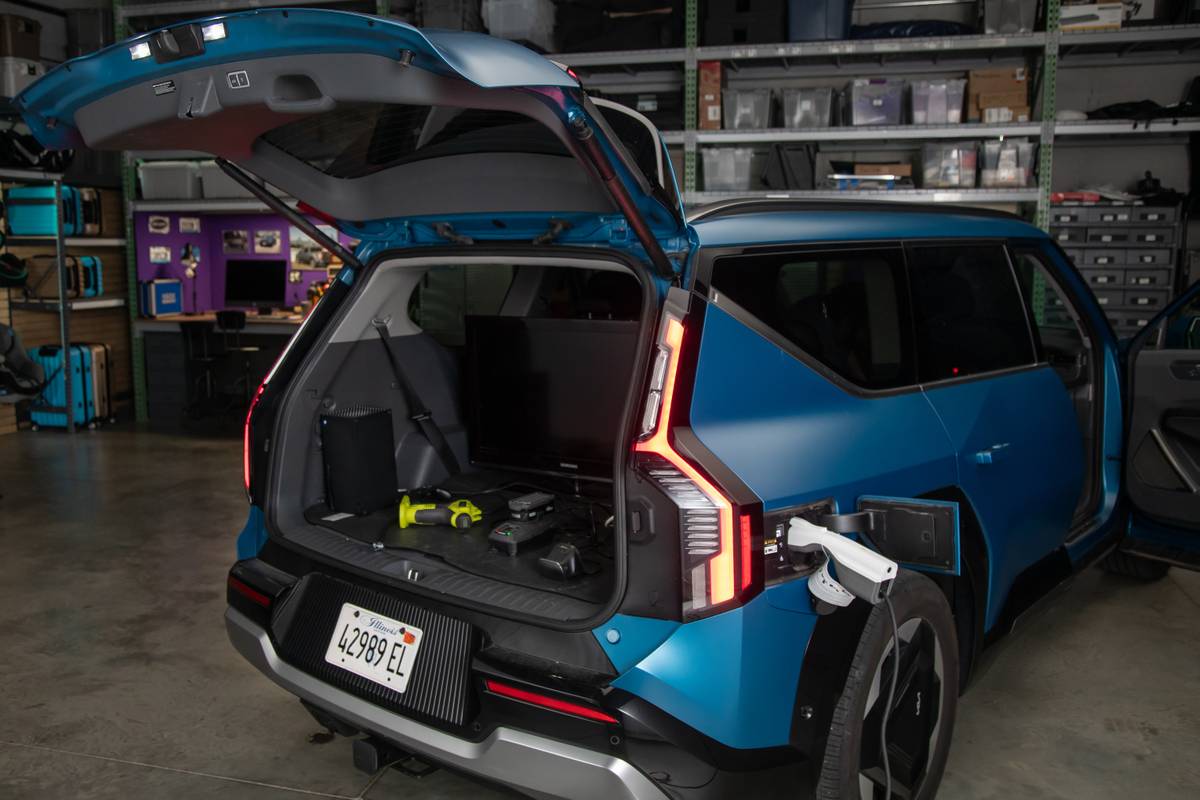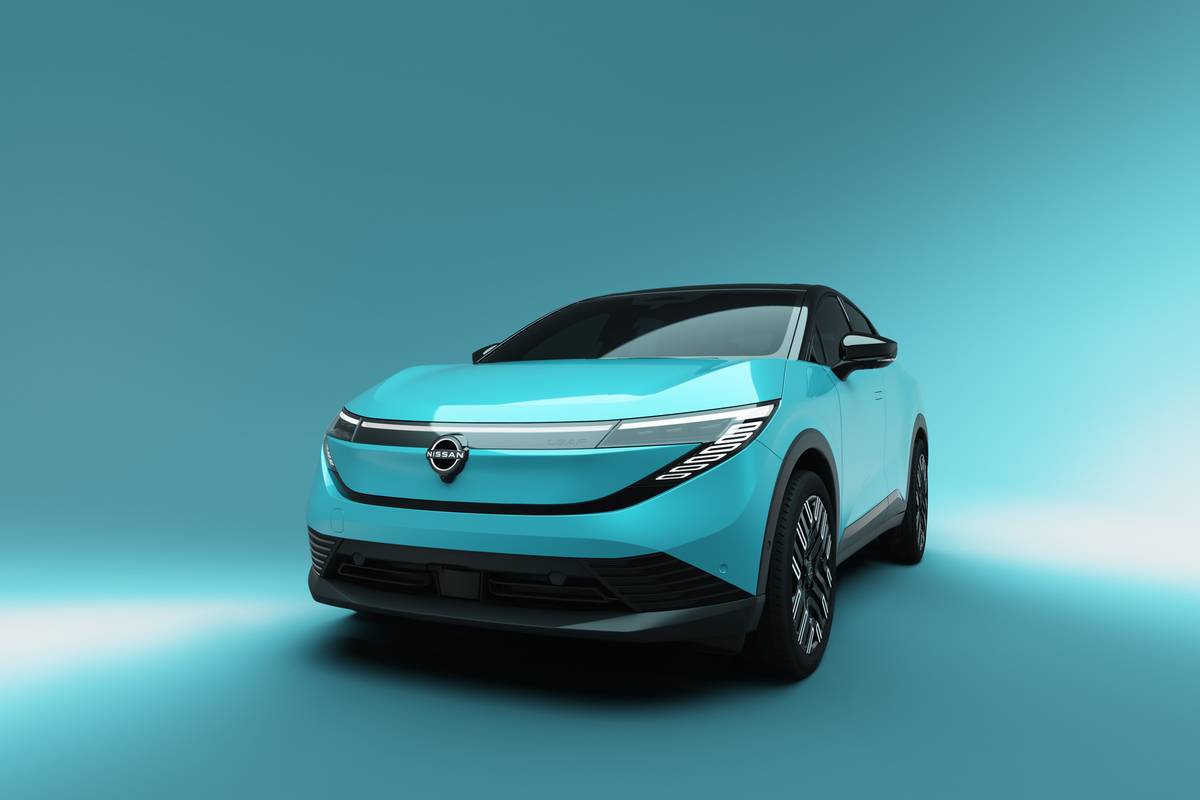Boston.com's view
There are times in this business of test driving cars that you get spoiled by an automobile well before it ends up in your driveway.
Such is the case with the Porsche Cayenne Turbo.
You see, once the car has been driven on a professional off-road course, once it’s been driven on a racetrack where speed limits are set only by the corners that scream at you like bugs flying toward the windshield, then climbing into the Cayenne to take the kids to a soccer match can be just a bit deflating.
Having driven the Cayenne in the slick red mud of that Birmingham, Ala., off-road course and on the same-site sinuous venue of Barber Motorsports Park — with legendary Porsche racer Hurley Haywood bravely in the passenger seat urging me to go ever faster — the country roads between my house and the soccer field had had their edges dulled.
I was reminded of a great tale told by Annie Dillard in "Pilgrim at Tinker Creek" in which she recounts a missionary in the American West telling a Native American tribe that God, being all-loving, would accept into heaven not only the religious faithful, but heathens who did not know about Him.
You mean that even if we were unaware of God, we would go to heaven, one of them asked?
Yes, was the missionary’s response.
Why, then, did you tell us, the Indian asked.
You see, that was my disadvantage in my second exposure to the Cayenne Turbo.
I knew the truth.
I had felt the full power that propels it from 0-62 miles per hour in 5.6 seconds; had felt the surging torque that will take it to a top speed of 165 miles per hour. And remember, this is a 5,192-pound SUV, not some low-slung, lightweight sports car (though on the track it behaved like the latter.)
There are two versions of the Cayenne, developed jointly with Volkswagen.
Porsche purists have been known to bemoan that the company has gotten into the SUV business, but Tim Mahoney, the Porsche general manager for marketing, said that the company knew that whatever they built "had to be a true Porsche."
They have accomplished exactly that with both vehicles, and done so in a way that surprised even skeptical old me.
I expected the speed and the power and the sports car-like handling. My assumption was that compromises would be made so that, while it had the bearing of an SUV, its true stance would be as a stable high performance car.
What took me by surprise was how great a world-class off-road vehicle this is. It is in a class — pulling away from a pack of watered down SUVs — with the Rovers and the Hummers. And it sits there with great elegance and that high performance edge.
Both versions of the Cayenne come with 32-valve, 4.5-liter, V-8 engines. The S engine delivers 340 horsepower while the Turbo pumps out a whopping 450 horsepower and 457 lb .-ft. of torque. Great for the racetrack, great for towing the boat (7,716-lb. tow capacity).
Also in both models, the engines are mated to a six-speed Tiptronic transmission (first gear very low, sixth gear overdrive) that can be shifted manually using either the stick or paddles on the steering wheel. A six-speed manual will be offered for 2004.
Each model comes with a full-time all-wheel-drive system that sends 62 percent of the torque to the rear wheels under normal driving conditions. This rear-wheel bias is part of Porsche’s effort to instill a sporty driving feel in the car, and it works. Even on local country roads at reasonable speeds, I was able to sense a gratifying bit of oversteer when I got into the gas pedal.
That’s a good feeling in a powerful car.
On the other hand, the car’s stability control system is capable of sending all power front or rear, as needed, and can also distribute it to individual wheels.
An ir suspension system (self-leveling or manual) varies the Cayenne’s ground clearance from nearly 11 inches for off-roading to just over 6 inches (for loading).
Being true off-roaders, the Cayennes come with low-range and locking differentials.
Given its weight and potential for high speed, the Cayenne had to come with a massive brake setup. Up front there are 13.5 inch discs with six-piston calipers. The rear has 13-inchers with four-piston calipers. In both road and track testing I found them to be show-stoppers — smooth, sure, and swift in their mission.
The interior is simply elegant. Great touches of wood and brushed metals, fine thick leathers, and a hooded gauge display all remind you that you are, after all, in a Porsche. And yes, the key is on the dash to the left of the steering wheel.
Porsche developed the Cayenne for a basic business reason: The company, which sold about 23,000 cars last year, needs to sell more cars, to get bigger, in order to stay independent. The goal: 45,000 cars next year with the Cayenne leading the doubling.
It may seem ambitious, but consider that Porsche found that 40 percent of the folks who already own a Porsche have an SUV in their yard. Bring them on board, along with those who want high performance but whose families are too big for a two-seater, and even at prices ranging from the mid-$50,000 to $90,000, Porsche will have no trouble selling all the Cayennes it builds.
The problem is, unless the new owners can ride these cars on a professional course, they likely will never get to feel just what the Cayenne can do.
Why, then, did I tell them?
Nice touch: The electronically programmed key that lets you open the door without making any move to unlock it. The door handle recognizes what you are holding and unlocks on its own.
Annoyance: Just over 11 miles per gallon in several days of testing. But I suppose if you can plop down 90-large for a car, fuel economy isn’t much of a concern.
Latest news



